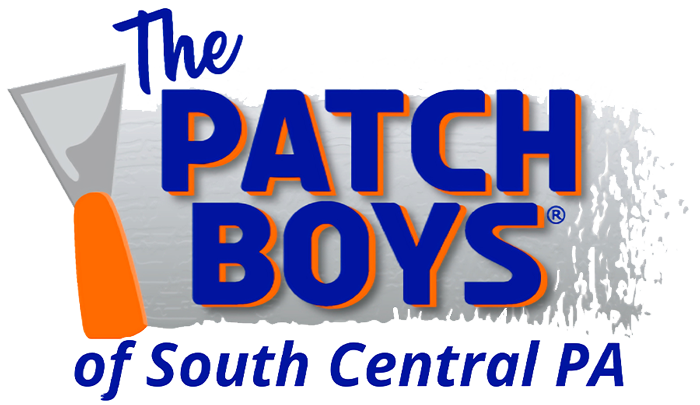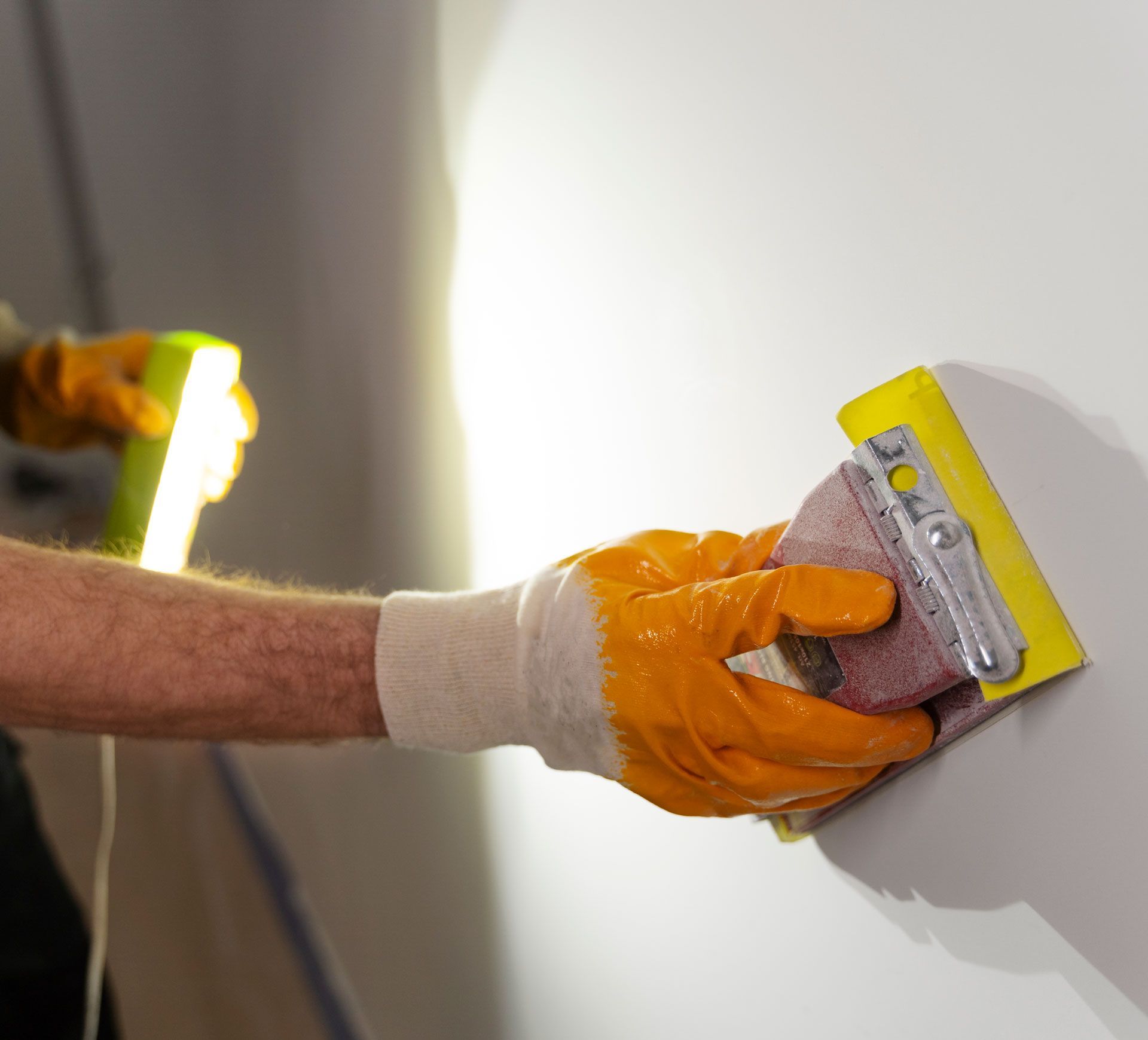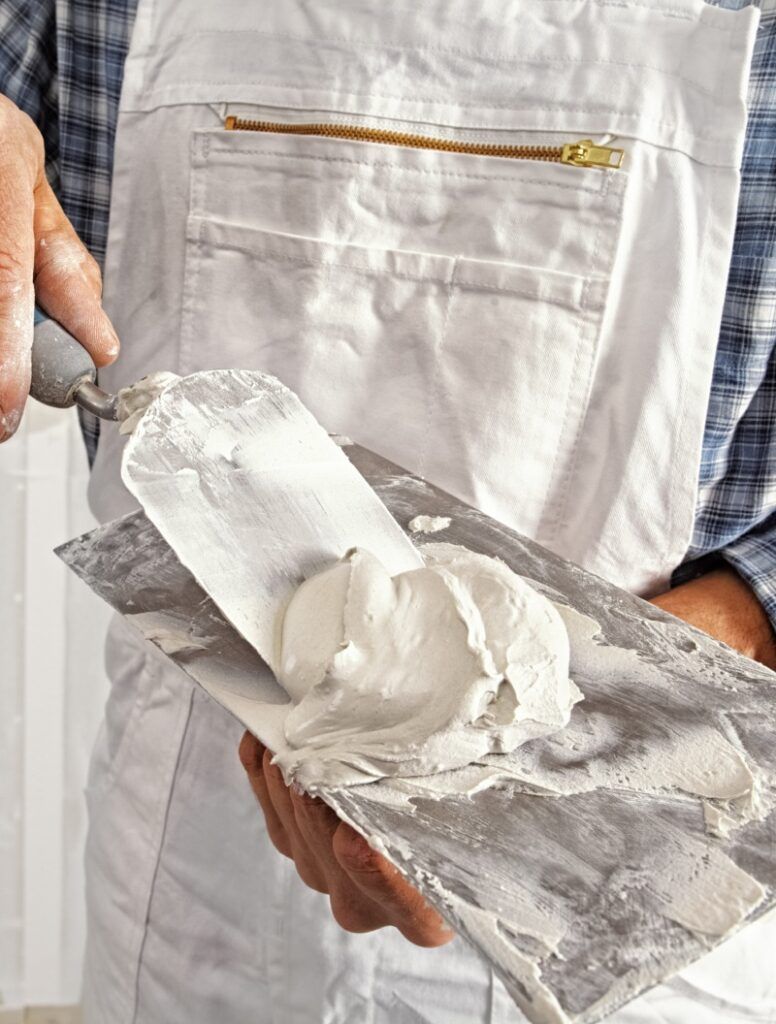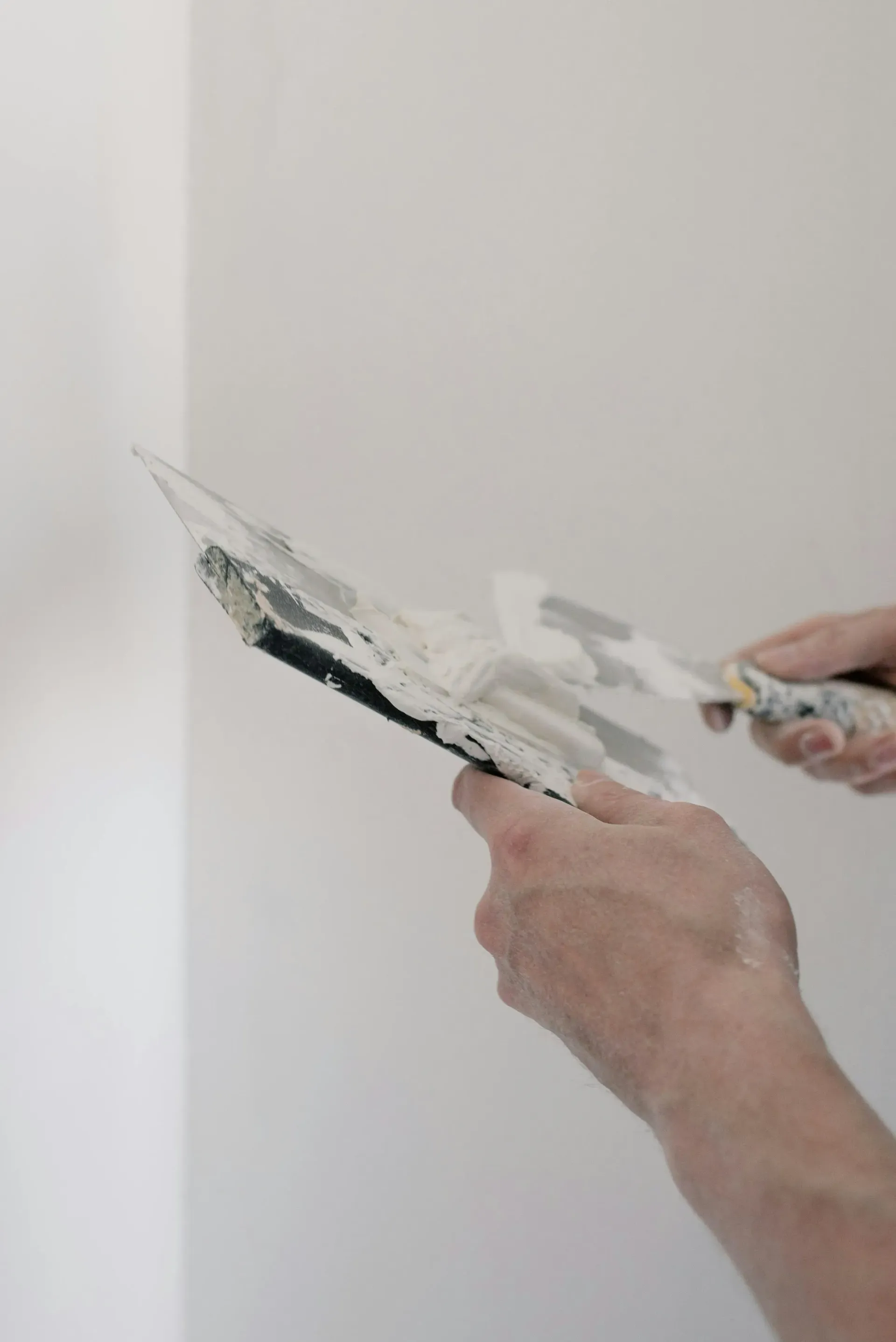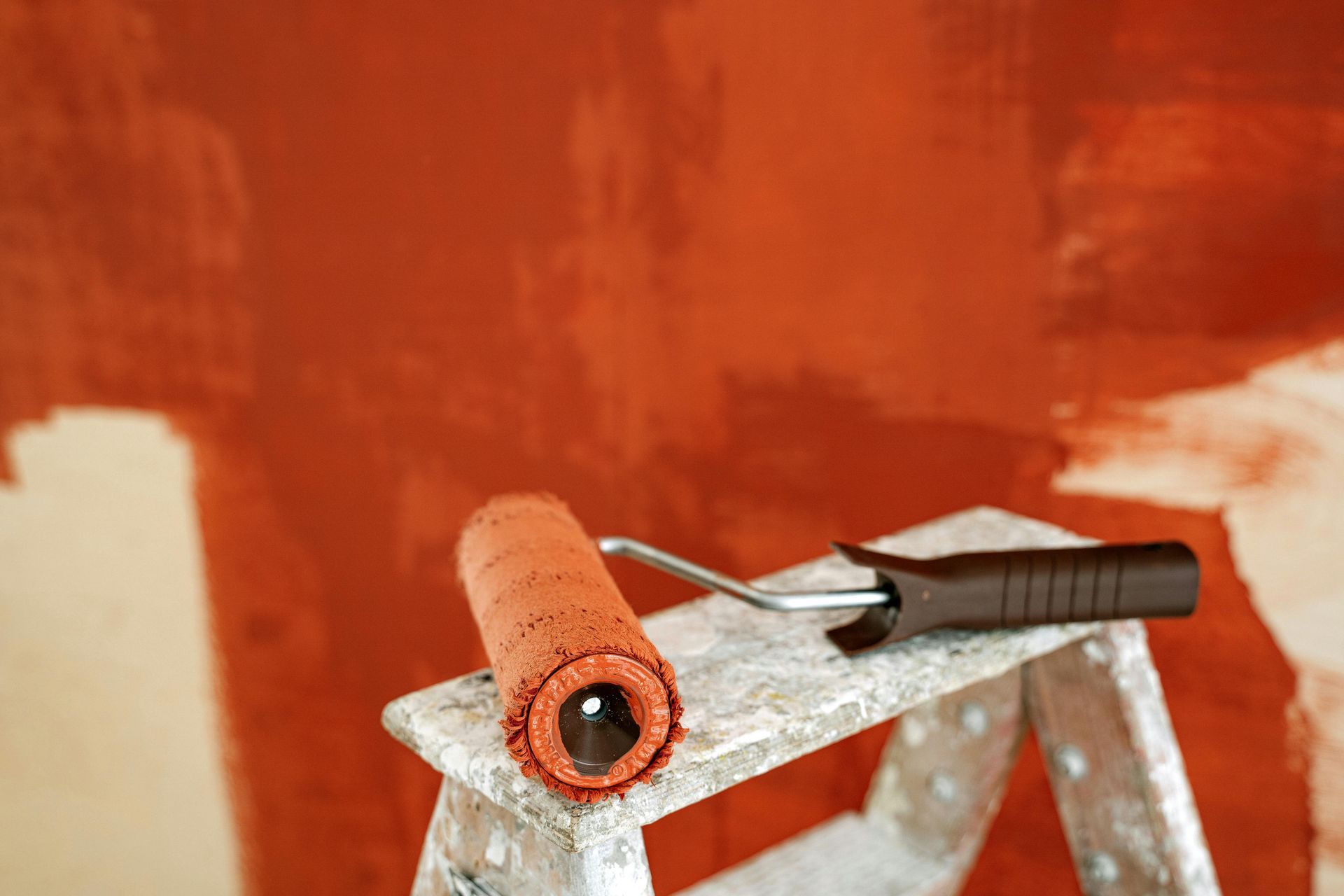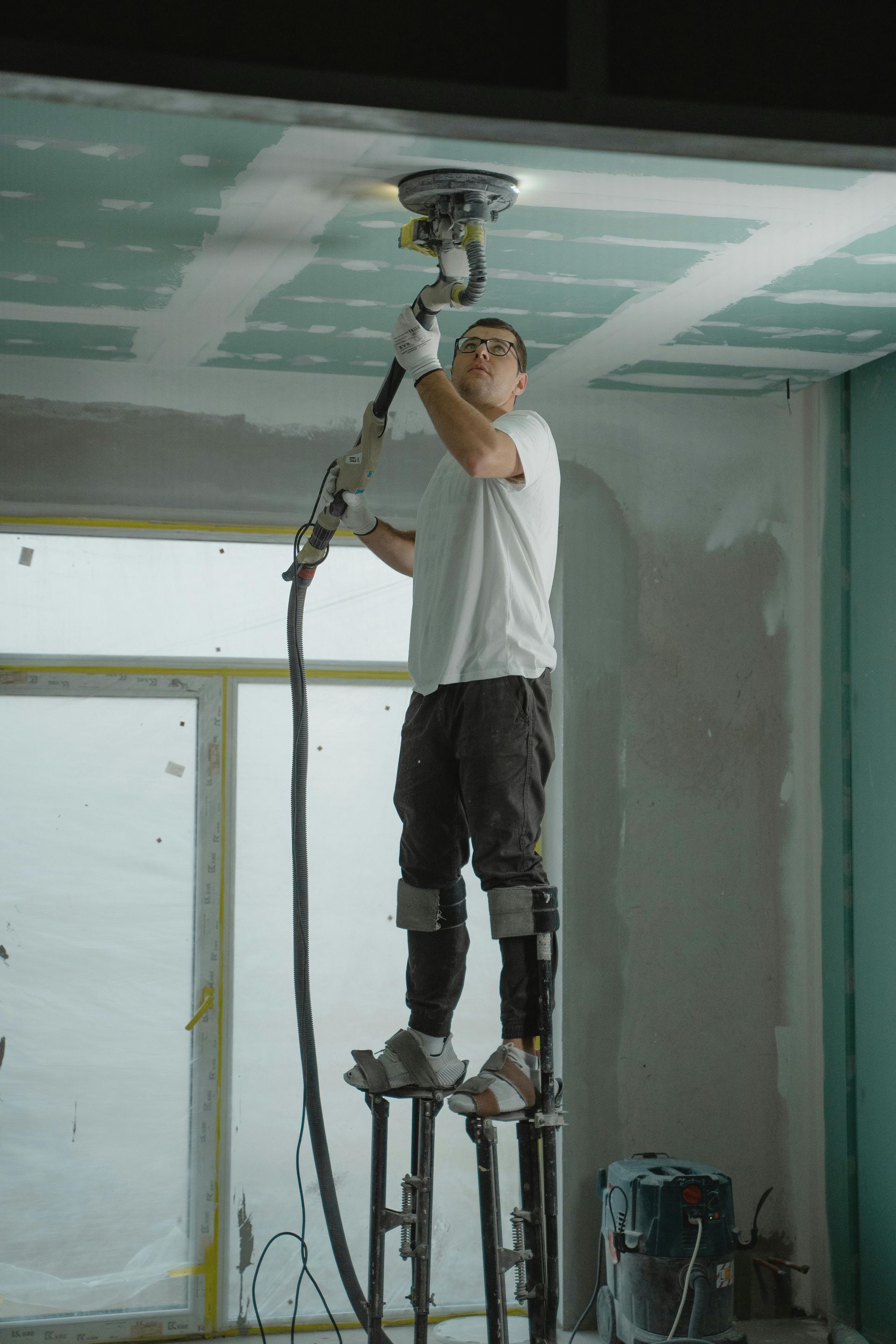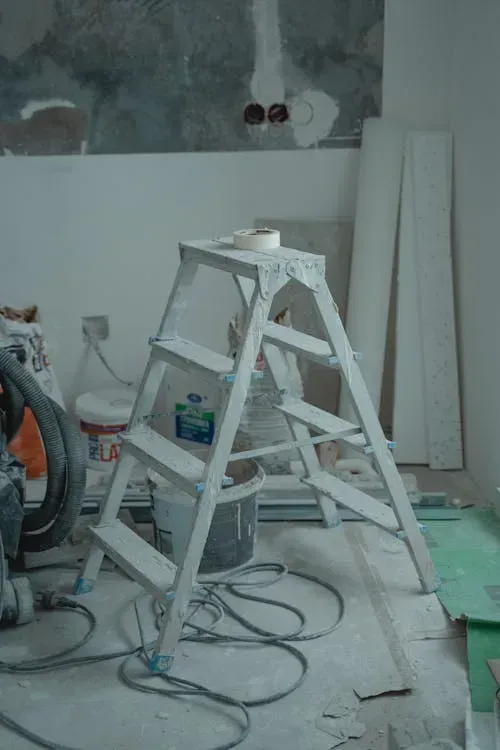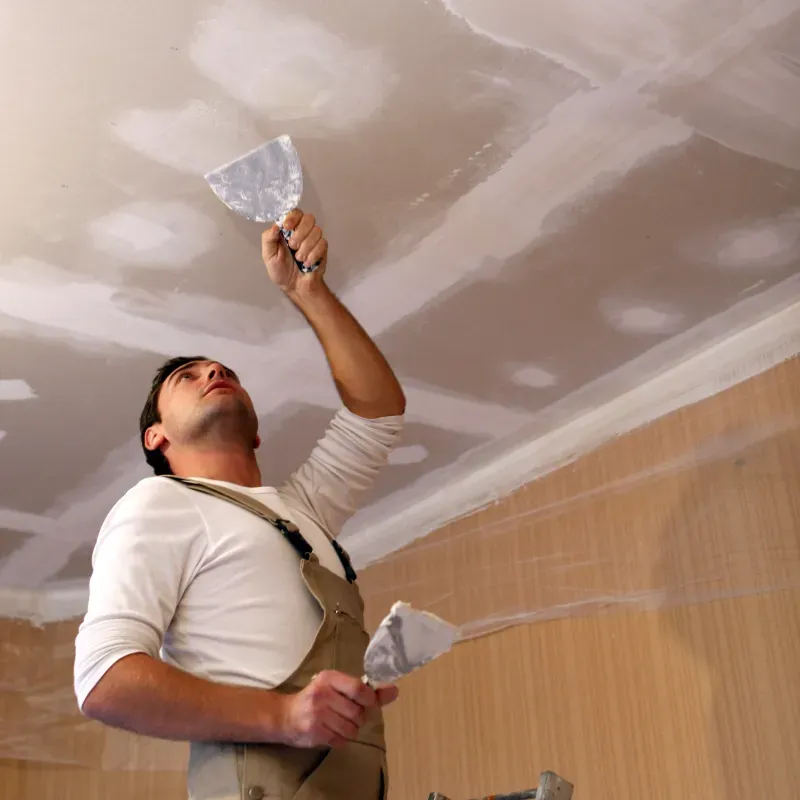5 Signs You Need Drywall Repair
Maintaining the structural integrity and aesthetic appeal of our spaces is crucial, yet often, the walls that surround us go unnoticed until significant issues arise. Drywall, the predominant material used in interior walls and ceilings, is no exception.
Despite its durability, it's not impervious to damage. Early detection of problems can save homeowners not only time and money but also prevent the hassle of extensive repairs.
This blog aims to arm you with the knowledge to spot the early signs of drywall damage. With expert insights and the latest statistics, we'll guide you through the five key indicators that your drywall needs professional attention. Let's ensure your walls continue to stand strong and look their best, safeguarding your home's value and your comfort.
Sign 1: Visible Cracks or Holes
The appearance of cracks or holes in your drywall can be more than just an eyesore; it can indicate deeper structural issues. Temperature fluctuations and settling foundations are common culprits behind these blemishes. While minor cracks might seem like a quick fix, they can widen over time, leading to more severe problems.
Expert Insights
Construction experts warn against overlooking these minor imperfections. "Small cracks can compromise the structural integrity of your walls over time," says John Doe (a fictional expert for illustrative purposes), a construction veteran with over 20 years of experience. "Addressing them early can prevent costly repairs down the line."
DIY vs. Professional Repair
For hairline cracks or small holes, a DIY approach with spackle and paint might suffice. However, larger cracks or those that reappear after repair require professional assessment. Experts can determine if underlying issues need to be resolved to prevent future damage.
Sign 2: Water Damage Stains
Water damage on drywall manifests as stains, swelling, or peeling paint, often signaling leaks or moisture problems that go beyond surface level. These unsightly marks are not just a visual problem; they can be harbingers of mold and structural damage if not addressed promptly.
Understanding the Impact
Statistics from the National Association of Home Builders indicate that water damage is among the top issues faced by homeowners, affecting as many as 14% of properties annually. Left unchecked, moisture can weaken drywall, leading to costly repairs and potential health risks from mold growth.
Health Implications
The presence of mold in damp drywall can pose serious health risks, particularly for individuals with respiratory issues. "Moisture-damaged walls can become breeding grounds for mold, which can affect indoor air quality and residents' health," notes environmental health expert Dr. Smith (a fictional expert for illustrative purposes).
Navigating Repair
Identifying the source of the leak is paramount before any repair can be undertaken. For minor stains without structural damage, drying out the area followed by spackling and painting may suffice. However, extensive water damage often requires professional remediation to replace affected sections and address the moisture source.
Sign 3: Sagging or Bulging Drywall
Sagging or bulging in drywall can often go unnoticed until significant. This deformation is usually a result of improper installation or, more commonly, moisture intrusion. Unlike simple aesthetic concerns, a bulge or sag in your wall can indicate a serious problem that may affect the structural integrity of your home.
Moisture: The Underlying Culprit
Moisture is the primary cause of sagging or bulging drywall. Whether from a leaky roof, plumbing issues, or high humidity levels, moisture can compromise the drywall's integrity, leading to swelling and deformation. This not only weakens the wall but can also lead to mold growth, further exacerbating the problem.
Spotting and Addressing the Issue
Early detection is key. Regularly inspect your home for any signs of moisture or changes in the wall's structure. If you notice sagging or bulging, it's crucial to identify and rectify the source of moisture before proceeding with any repairs. In many cases, this may involve replacing the affected drywall panel entirely to ensure the problem is thoroughly addressed.
Case Study Highlight
Consider the case of a homeowner who noticed a small bulge in their living room wall. Initially dismissing it as a minor issue, the bulge grew over time, leading to a significant repair job that included mold remediation and structural reinforcement. Early intervention could have prevented the extensive damage and associated costs.
Preventative Tips
- Ensure proper ventilation in high-moisture areas like bathrooms and kitchens.
- Regularly inspect your home for leaks and address them promptly.
- Consider using moisture-resistant drywall in areas prone to dampness.
Sagging or bulging drywall is more than a cosmetic issue; it's a sign that your home may be facing underlying moisture problems.
Sign 4: Nail Pops
Nail pops occur when the screws or nails that secure drywall to the framing become visible through the surface of the wall. This common issue can be due to a variety of factors, including the natural settling of a house, changes in humidity levels, or improper installation. While they might seem minor, nail pops can be indicative of movement within your wall structure and should not be ignored.
Structural Integrity at Stake
When nails or screws begin to protrude, it's often a sign that the drywall is shifting. Although the movement may be slight, it can suggest more significant changes in your home's structure, especially in newer constructions as they settle. Ignoring nail pops can lead to cracks and further damage over time.
Repair Techniques for a Smooth Finish
Addressing nail pops involves more than just pushing them back in. The repair process typically includes removing the popped nail or screw, securing the drywall with a new fastener nearby, and then patching the area with joint compound before sanding and painting for a seamless finish. For homes with recurrent nail pops, it may be beneficial to consult with a professional to assess the underlying causes.
The Role of Professional Intervention
In cases where nail pops are widespread or recurrent, this might indicate a more pervasive issue with the wall's installation or the home's foundation. Professionals can not only repair the cosmetic damage but also evaluate the structure to ensure there are no deeper problems needing attention.
Sign 5: Fading or Peeling Paint
Fading or peeling paint on drywall often catches the eye for its impact on a room's appearance, but it can also signal underlying issues with your walls. Typically, paint begins to peel or fade due to prolonged exposure to sunlight, high humidity, or poor adhesion, which can be related to the quality of the paint job or the condition of the drywall itself.
Environmental Factors at Play
Sunlight and humidity are significant contributors to the deterioration of wall paint. UV rays can break down the chemical bonds in paint, leading to fading, while excessive moisture can undermine paint's adhesion, causing it to peel. Both conditions suggest that environmental control within the space may need adjustment, such as improving ventilation or using dehumidifiers in damp areas.
The Importance of Proper Preparation
A key factor in preventing paint issues is the proper preparation of the drywall surface before painting. This includes ensuring the wall is clean, dry, and smooth and applying the appropriate primer to help the paint adhere correctly. Failure in these preparatory steps can lead to premature paint degradation, regardless of the paint quality.
Maintenance Advice for Lasting Results
To keep your painted walls looking fresh and to avoid underlying drywall damage:
- Regularly check for and repair any sources of moisture intrusion.
- Use high-quality, UV-resistant paint in rooms with abundant natural light.
- Consider the climate and room usage when choosing paint types and finishes, opting for more durable options in high-humidity areas.
Conclusion
In wrapping up our journey through the critical signs that signal the need for drywall repair, it's clear that being vigilant about your home's maintenance is not just about aesthetics but also about safeguarding its structural integrity and your comfort. From the subtle hints of nail pops to the more evident issues like water damage, each sign is a call to action to prevent minor issues from escalating into major headaches.
Whether you choose to tackle some repairs yourself or decide to call in the experts like Patch Boys of South Central PA for their professional touch, the key is in recognizing the importance of taking action.
For those in South Central PA and surrounding areas like Harrisburg, Hershey, Gettysburg, Lancaster, York, Reading, and Chambersburg looking for top-notch drywall services, Patch Boys of South Central PA is your go-to expert. Specializing in a wide array of services including drywall repair, skim coating, ceiling repair, patching, and even installation and framing, Patch Boys has built a reputation for quality, reliability, and exceptional customer service.
Drop Us a Line
Contact Us
OUR SERVICES
TIPS & ARTICLE
CONTACT INFORMATION
Phone: (717) 512-9825
Email: southcentralpa@thepatchboys.com
Address: Hershey, PA 17033, United States of America
Business Hours:
- Mon - Fri
- -
- Sat - Sun
- Closed
All Rights Reserved | © Patch Boys of South Central PA 2022
